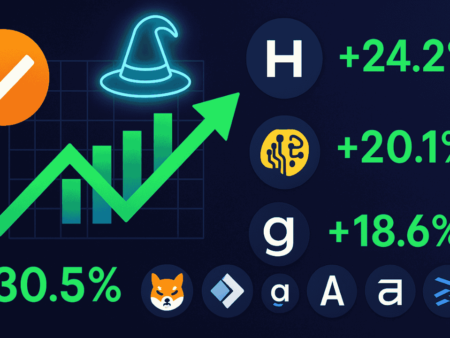When central bankers talk, markets listen. When they deviate from the usual guarded tone, people perk up. This week, Michelle Bowman, one of the more outspoken governors at the U.S. Federal Reserve, nudged the conversation in a direction few of her colleagues are comfortable with: crypto and artificial intelligence deserve less caution, not more.
It wasn’t a throwaway line, either. Speaking at a policy forum, Bowman argued that regulators risk falling behind by treating both technologies primarily as threats. “There is danger in excessive caution,” she said, noting that while risk management is essential, innovation doesn’t wait for committee approvals. In a sea of Fed-speak often cloaked in careful neutrality, her words landed with an edge of urgency.
A Break from the Script
The Fed, by its very DNA, is a cautious institution. Its language is calibrated to the decimal, its public posture engineered to avoid jolting markets. Crypto, for years, has been treated with suspicion—lumped into discussions of money laundering, speculative excess, and systemic risk. AI, meanwhile, has mostly been handled with academic distance, acknowledged as powerful but shadowed by concerns of bias and misuse.
Bowman’s comments broke from that script. She suggested regulators could inadvertently “stifle beneficial innovation” if they linger too long on worst-case scenarios. For entrepreneurs who’ve complained about regulatory paralysis in Washington, the remarks sounded like fresh air. For her colleagues, it may have felt like a step onto unfamiliar ground.
Crypto Through the Fed’s Lens
It’s not that Bowman dismissed risks. She acknowledged volatility, fraud, and the messy track record of exchanges. But her tone suggested the conversation needs more balance. The Fed has been quick to warn about speculative manias, less quick to recognize the infrastructure layer crypto is quietly building—faster settlement rails, tokenized assets, programmable finance.
By urging a less cautious stance, Bowman seemed to be signaling that innovation in digital assets isn’t just happening in the shadows—it’s shaping global finance in real time. Her message: ignoring it won’t make it go away, and over-regulating it may drive it offshore.
AI in the Regulatory Crosshairs
Her remarks extended beyond crypto. AI, Bowman argued, is “transformative in ways we can’t fully measure yet.” For a central banker, that’s unusually expansive language. Banks themselves are already experimenting with AI to flag suspicious transactions, predict market risks, and even automate compliance tasks. Yet most regulatory conversations treat AI as an existential risk, rather than a practical tool that’s already embedded in daily operations.
Bowman urged policymakers not to freeze progress by leaning too heavily on precautionary narratives. Innovation, she said, “comes with mistakes, but also with solutions those mistakes make possible.”
Reading Between the Lines
Bowman isn’t the Fed chair. She isn’t even the vice chair. But her voice carries weight precisely because it diverges from the institution’s usual cadence. Markets don’t expect Jerome Powell to echo her call tomorrow. Still, in an era where the Fed shapes not just monetary policy but technology narratives, even a single governor shifting tone can spark ripples.
Crypto insiders greeted her comments with restrained optimism. AI circles, too, seized on them as a sign that regulators may be waking up to the speed at which innovation moves. Detractors, of course, saw the opposite: the risk of regulators underestimating the dangers they’re meant to police.
Why It Matters
The bigger takeaway isn’t that one Fed governor is bullish on crypto or AI. It’s that the conversation inside America’s most cautious institution is evolving. If the Fed—guardian of monetary stability, bastion of slow-moving consensus—is beginning to admit that too much caution has its own costs, then the policy debate may be entering a new phase.
For crypto and AI entrepreneurs, that’s more than semantics. It’s a subtle shift in tone that could, over time, loosen the posture of agencies still struggling to decide whether these technologies are fringe risks or foundational forces.
And in markets where perception often moves faster than policy, tone can be everything.











